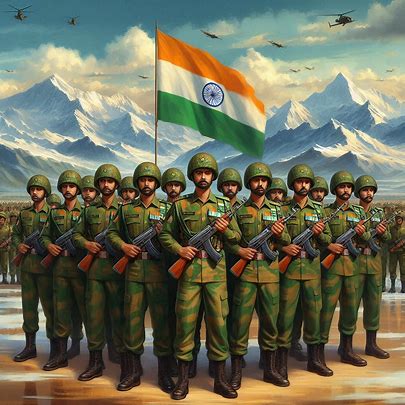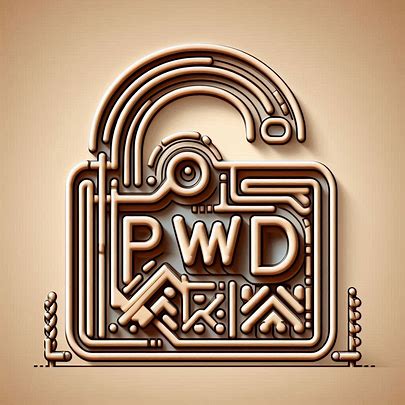Understanding the Full Form of CV: A Comprehensive Guide
What does CV mean?
The full form of CV is Curriculum Vitae. It is a connection of the Latin Language meaning ‘an outline of a person’s educational and professional career description’. A CV is a document which descries in detail about the academic and professional statuses of the person where education, work, skill and achievements are outlined. Although mostly used in academics, medicine and research, this document may also be a requirement in some job applications in other fields.

The Importance of a CV
The CV, as versatile a document as it is, attempts to build a complete picture of the candidate, treating the potential employee not as isolated and having limited competencies, but as potentially qualified. In contrast, a CV is not that shorter, but instead reflects the entire body of works of the applicant’s career at that point in time. This is especially true in cases where more frequent concerns about and evaluation of the applicants as persons are more salient than their objective abilities, work experience etc notifications addressed to members of the administrative department in scientific research institutions.
Key Components of a CV
- Personal Information: Here you would write your names, contacts and sometimes, include a head-
- Professional Summary: This is an overview that summarizes the primary goals of the individual and his or her major qualifications.
- Education: There is further information of ones educational background including the students achievements, the different degrees acquired, the colleges attended and the years of completion.
- Work Experience: A reverse chronological professional history including, but not limited to, job titles, employers, and responsibilities.
- Skills: A section that informs the reader about your technical and logical thinking skills as well as your soft skills.
- Publications and Research: In the case of applying for academic and research positions, this section includes the works and projects that you have published. .
- Awards and Honors: Any awards you have won professionally for your work.
- Professional Memberships: Memberships in professional associations relating to your discipline.
- References: Contact information of persons who might be able to support your application with their knowledge of your work and accomplishments.
Crafting an Effective CV
Submitting a well-structured CV to an employer is not only about stating the qualifications of interest. The following tips will enable you get know the main distinctive factors:
- Tailor Your CV: Each job application requires its own, customized, CV. Focus on the experiences and skills relevant to the specific job in question.
- Use Clear Headings: Place informative headings and subdivide your CV into major sections giving major points of how and what you have done to achieve it.
- Be Concise: Understand that a CV is an extended version of a resume. Thus, total irrelevant information should be omitted. Don’t use complicated business jargon and highlight only the achievements that are the most impressive.
- Include Keywords: Add keywords that appear on the job offer in your CV for better applicant tracking system (ATS) parsing.
Difference Between CV and Resume
- Length: The CV or curriculum vitae, is lengthier than a resume. Even though a resume is approximately one-two pages long, a CV could be many pages long depending on the experience of an individual.
- Content: A resume is a short synopsis of all your qualifications and experiences for a particular position. By contrast, a CV summarizes one’s education and career accomplishments in greater depth.
- Purpose: Resumes are prevalent for job applications in the sub region of the private sector while CV is more common in the academic, medical and research positions.
- Format:A resume is not rigid and can be written in multiple formats incorporating different stresses in one’s experience. A CV is more set, in that, it describes one’s career in a specific order in a format that is equally structured.
CV Full Form for Job Applications
When looking for work in specialized areas such as academia or research, it is important to appreciate the meaning behind the abbreviation CV. It is the high-quality content that earns one recognition over others by highlighting their detailed qualifications and experiences. The following tips will also assist you in presenting your CV during job applications: Here are some additional tips for using your CV effectively in job applications:
- Highlight Relevant Experience: Place focus on the skills and experiences that are appropriate for the position you are seeking. This counts for the employers since they need to have specific expectations for a certain position.
- Keep It Updated: Once your CV is completed, the next thing to do is to make sure that it is maintained regularly. Include additional information about career prospects, new experiences, new skills or accomplishments. This way, you will always prepare your CV when new prospects arise.
Conclusion
To summarize, Curriculum vitae is the full form of CV, an individual’s detailed history as concerns education and employment. Knowing what sets a CV apart from a resume is important especially to job seekers since they are used differently. In order to properly portray personal skills anticipating potential employer’s recruiting, the workflow in constructing the CV must be logical.








